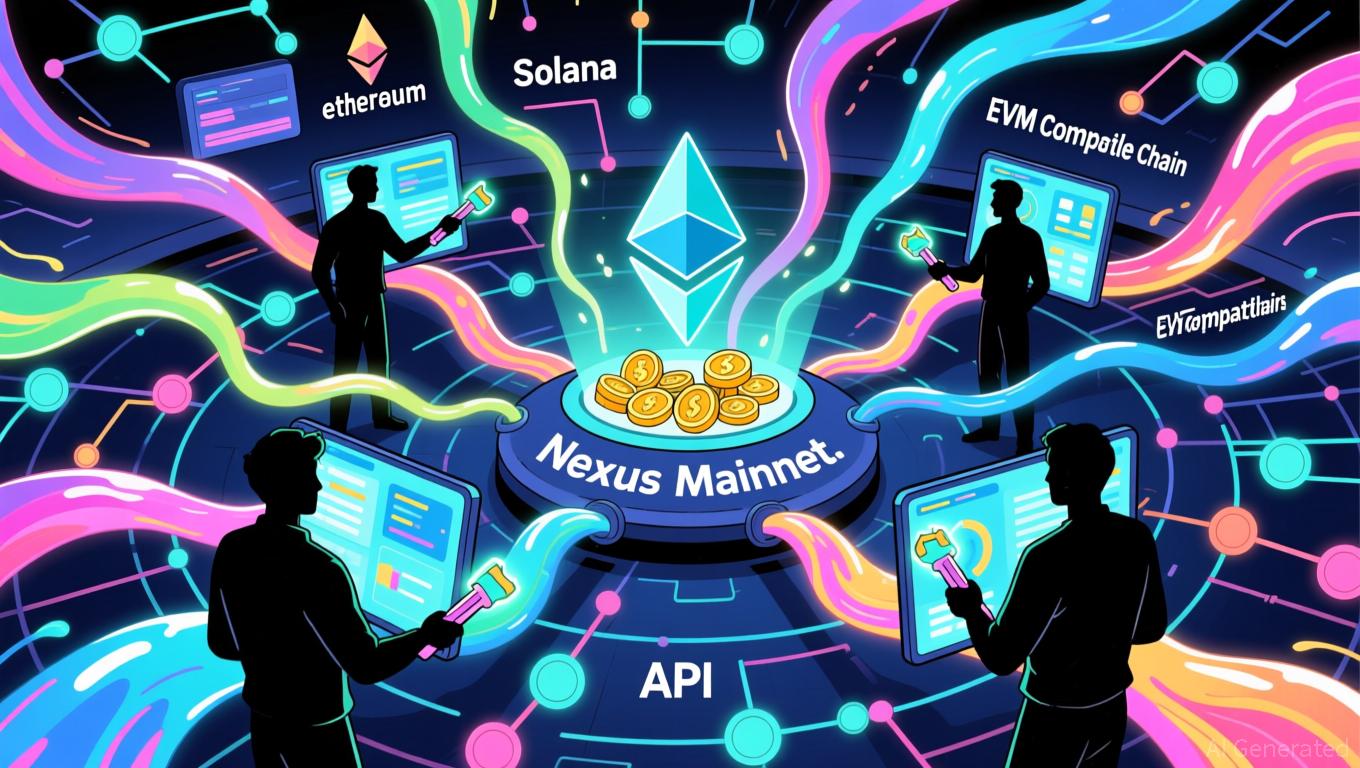Central African Republic’s National Memecoin Hits $900M Market Cap—But Is It Real?
Key Takeaways
- The Central African Republic’s president announced a national memecoin on Feb. 9.
- Deepfake detection tools flagged the video as suspicious, sparking skepticism.
- The launch comes as Western nations consider adding Bitcoin to their reserves.
At a time when Western governments are debating the creation of national Bitcoin reserves , the Central African Republic (CAR) appears to have taken a different approach—launching a national memecoin.
The announcement , made on Sunday, Feb. 9, through a video posted on X by President Faustin-Archange Touadéra, has sparked immediate skepticism. While some see it as a bold experiment, others question whether the video itself is even real.
-
Crypto Cardano Founder Burns $80M Worth of ‘Charles’ Memecoin Gifted by Community
-
Crypto Celebrities Linked to Crypto Pump and Dump Scams
-
Crypto Is $TRUMP Memecoin Legit? Trading Insights, Market Trends, and Tokenomics Explained
CAR: Deepfake or a Digital Experiment?
Almost immediately after the video surfaced, deepfake detection tools flagged it as suspicious.
At least two AI-based verification platforms suggested the announcement may have been manipulated.
Some analysts speculated that while the background appeared AI-generated, the president’s lip movements seemed to sync with the audio.
However, the deepfake allegations were quickly challenged by others who pointed out that automated detection tools are not always reliable.
Similar AI flagging errors have occurred in past interviews with the CAR president, raising doubts about the accuracy of these assessments.
Beyond concerns over video authenticity, some skeptics suggested the president’s X account may have been hacked .
However, this theory also fails to hold up—hacked accounts typically delete fraudulent posts within hours, yet the original announcement remains live.
Bubble Map Data Backs Legitimacy
According to transaction data, the distribution of the CAR token closely mirrors the allocation outlined on its official website, suggesting that the national government was behind its launch.
On-chain records show that the primary wallet, ending in “121ftn,” acquired 79.3% of CAR on Pump.fun before dispersing it across four main addresses:
- Country Development (51MsZ) — 33%
- Creators Company (5aXLX) — 25%
- Public Distribution (HAZrZ) — 8.4%
- Charity (2Dd5L) — 9.8%
Blockchain analysts note that achieving such an exact match in tokenomics on Pump.fun—a public platform where anyone can create tokens, including fraudulent copies—would be highly unlikely unless the issuer was the original source.
Given the precise alignment between the token’s distribution and its official breakdown, it’s highly likely that the CAR president was directly involved in launching the asset.
Memecoins Are Now a Political Tool
The 2024-25 memecoin mania has already reshaped the crypto landscape, with tokens emerging from viral moments, internet jokes, and even political figures.
Now, it seems national leaders are leveraging the trend for political and economic messaging.
In the U.S., President Donald Trump made headlines by launching his own memecoin just days before taking office, drawing criticism from lawmakers and regulatory agencies.
Now, Touadéra’s experiment in the CAR has added another layer of intrigue to the phenomenon.
CAR briefly reached a $900 million market cap before losing over 60% of its value. The president framed the launch as an experiment designed to unite the country, promote national development, and elevate the CAR’s global presence in a “unique way.”
While the initiative may have been intended as a lighthearted digital experiment, the financial implications are far from trivial. With government-backed messaging behind the token, thousands may buy into the hype—only to face significant losses when the inevitable market correction hits.
Disclaimer: The content of this article solely reflects the author's opinion and does not represent the platform in any capacity. This article is not intended to serve as a reference for making investment decisions.
You may also like
Avail's Intent-Driven Nexus Addresses the Issue of Fragmented Liquidity Across Chains
- Avail launches Nexus Mainnet, a cross-chain solution unifying liquidity across Ethereum , Solana , and EVM networks. - The intent-solver model enables seamless asset transfers without technical complexities, streamlining user experiences. - Developers gain modular tools for multichain integration, reducing costs as cross-chain liquidity demand grows. - Nexus abstracts execution layers, offering unified balances and execution while addressing fragmentation challenges. - With $50B+ in cross-chain activity

From Guesswork to Practical Answers: Remittix's Wallet Highlights Crypto's Move Toward Real-World Use
- Remittix launched an App Store wallet, enhancing crypto accessibility with a user-friendly interface and cross-platform development plans. - The wallet's crypto-to-fiat module and CertiK/KYC verification aim to bridge digital assets with traditional finance, boosting investor confidence. - A $250,000 giveaway and 15% referral rewards drive community engagement, positioning Remittix as a utility-focused competitor in a consolidating market. - Analysts highlight its alignment with crypto's shift toward rea

Blockchain Faces a Quantum Countdown: Will Networks Adapt in Time?
- Major layer-1 blockchains prioritize quantum-resistant upgrades as NIST finalizes post-quantum (PQ) standards, addressing long-term risks from quantum computing advancements. - Networks like Algorand deploy lattice-based signatures (e.g., FALCON), while Cardano and Ethereum test hybrid solutions to protect ECDSA-based infrastructure from future quantum decryption threats. - Migration challenges include larger key sizes, complex key management, and incentivizing users to rekey dormant accounts, complicati
XRP News Today: XRP ETFs Attract Unprecedented Investments, But Price Remains Stuck Under Key Resistance
- XRP ETFs attracted $628M in inflows but token price remains below $2.22 resistance despite regulatory progress. - Solana ETFs saw $156M outflows vs XRP's $89M inflows due to technical issues and higher perceived risk. - Analysts highlight ETFs' role in liquidity but stress macroeconomic factors and technical barriers limit price breakthroughs. - XRP's 60-day range ($1.85-$2.15) contrasts with $3 price targets requiring sustained ETF demand and rate cut optimism.

